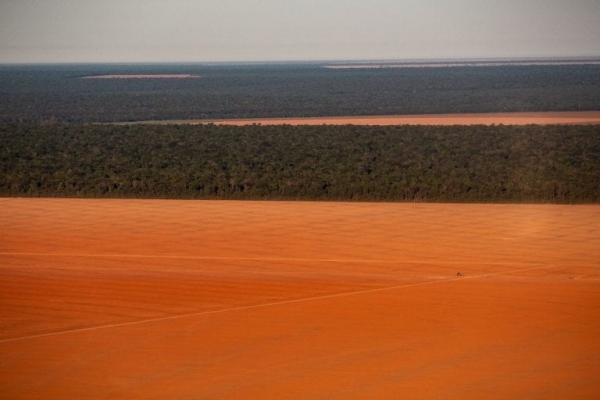In a paper published today in Nature Communications, a team led by scientists from the University of California, Irvine, using climate models and satellite data, reveal for the first time how protecting tropical forests can yield climate benefits that enhance carbon storage in nearby areas.
Many climate scientists use computer simulations to mimic the planet’s climate as it exists today and how it may exist in the future as humanity keeps emitting greenhouse gases. Such models rely on accurate measurements all the moving parts of the climate system, from how much sunlight hits and warms the climate, to the response of forest biomass to changes in temperature, rainfall and atmospheric carbon dioxide levels.
The list of moving parts is long, and one part that has until now remained unmeasured is the degree to which deforestation in tropical rainforests like the Amazon and the Congo contributes to additional forest losses because of its effect on regional climate.
“We used Earth system models to quantify what the climate impact from tropical deforestation is today,” said lead author Yue Li, UCI postdoctoral researcher in Earth system science. “Then, we used this information with satellite observations of forest biomass to figure out how nearby forests are responding to these changes.”
Read more at University of California - Irvine
Image: Deforested fields in southern Amazonia, Mato Grosso, Brazil, being prepared for soybean planting. (Credit: Paulo Brando / UCI)


